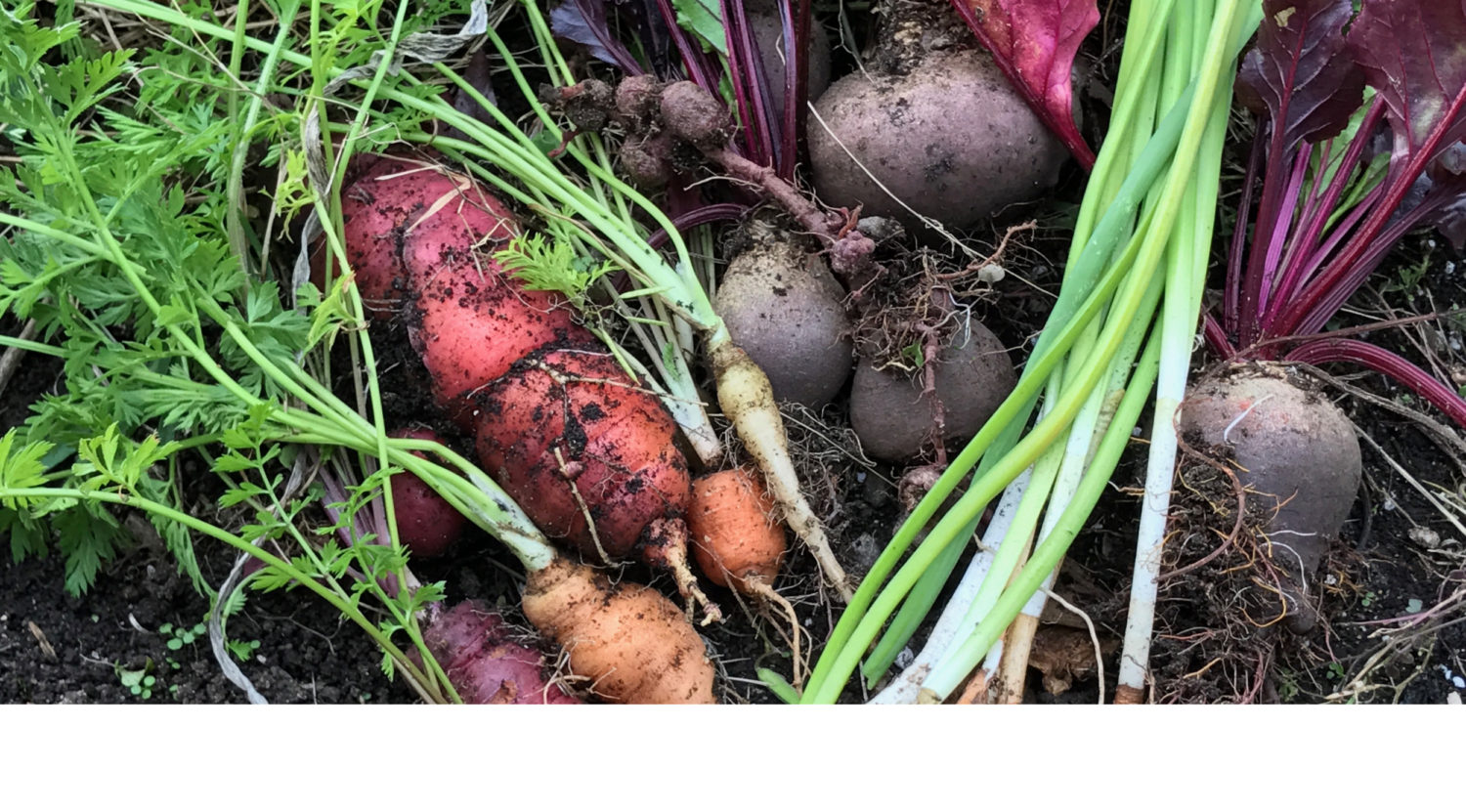Dr. Robert Lustig, M.D., is looking out for us; he is my hero, and has been for many years. His books include: The Hacking of the American Mind; Fat Chance; and, his most recent book, Metabolical – a title that combines metabolism and diabolical, written while isolating at home during the COVID-19 pandemic. All his books have been written with the single minded purpose of exposing the lies and greed of Big Food and Big Pharma to the public. With his brilliance and experience, no one could do it better.
Dr. Lustig is a pediatric endocrinologist, researcher and professor at the University of California San Francisco, and first became a public figure after releasing a video of a lecture he did at UCSF entitled, “Sugar: The Bitter Truth, which so far has been watched by over 10 million people. After releasing this video, he also released another book, Sugar has 56 names: A Shoppers Guide, meant to be taken with you when shopping for processed food. I have a copy in my phone and, as I mentioned above, he is looking out for us.
All his books and videos have a common theme and, as an endocrinologist and pediatrician, he has seen first hand how the food and pharmaceutical industries have, together created a pandemic of non-communicable diseases that affect children and adults. As he has said, kids are the canaries in the coal mines, when it comes to these diseases of the environment and pediatricians are the witnesses to failed social policies…
Endocrinology, the Study of Hormones

Over the last fifty years or so, Big Food has created addictive processed food that has lead to obesity in children, leading to type 2 diabetes (in children), leading to fatty liver disease (also in children). For the first time in history, newborns are being born obese, not because they were lazy, but because of what the mother ate during pregnancy.
When children (or adults) become obese, it is due to a hormone, produced in fat cells called Leptin. Leptin’s job is to send signals to the brain that we are full after eating a meal, keeping control over appetite. In obese individuals, there is an inability to see one’s own Leptin, causing overeating that leads to overweight and then obesity.
A measure of this is called BMI, one’s weight/height squared. If that number is 30 or above, it is considered obese; a measure of 25, is considered overweight; numbers 15 – 25 is considered normal; and, below 15, is considered anorexic.
Adult diseases, now seen in children…

Before 1980, our country never saw type 2 Diabetes or fatty liver disease in children; these were considered “adult” diseases. In fact, when I was still in medical school, nearly thirty years ago, type 2 diabetes was called Adult Onset Diabetes, because it only developed in adults after years of eating sugar and highly processed carbohydrates. Along came high fructose corn syrup (HFCS), a cheap form of highly processed (and very sweet) sugar and everything changed. Children were drinking highly sweetened beverages sold at school and highly refined breads, muffins and cereals, all sweetened with HFCS; it has become common to see obese and overweight children everywhere, leading to type 2 diabetes in 1 out of every 3 children.
Both alcohol and HFCS are processed in the same way in the liver; when we consume either one, our pancreas releases Insulin which sends signals to the liver to metabolize them. Because they are both addictive, if the liver is overwhelmed by these substances over time, the body goes into Insulin Resistance of the liver, creating fatty liver disease, even in children.
Glucose (not fructose) is our only energy source

When we eat carbohydrates and protein, the body uses them as energy sources and the bloodstream sends them to the brain and muscles. If glucose is stored in muscle tissue, it is turned into a starch called glycogen; beyond the brain and muscles, any excess glucose is stored in the fat cells. Even cultures that do not eat carbohydrates will metabolize fats and protein into glucose in the liver in a process called gluconeogenesis; that is how important glucose is.
Fructose, on the other hand, is a sugar found only in fruit and processed in the liver; it is not used as energy. The excess is turned into liver fat, creating fatty liver disease. Fruit, eaten whole, gives us fiber, used by the body’s gut microbiome as food and mulch. The problem is when the fiber is removed from fruit, in the form of juice or high fructose corn syrup. Fructose is very sweet and very addictive. Eating the whole fruit, using its fiber as food for the microbiome, slows carbohydrate metabolism, giving us 35% less calories…
Processing Fruit


Protect the Liver – Feed the gut
To stay healthy, use real food, not drugs…Throughout his latest book, Metabolical, Dr. Lustig has emphasized the importance of the above statement. Fructose and alcohol are metabolized by the liver identically; protecting the liver, keeping it healthy and functioning well would be to avoid consuming alcohol and fructose. There is no need to consume either substance. If, however, you choose to consume fruit for its phytonutrients, choose organically grown fruit, don’t eat too much of it and eat the whole thing, along with its fiber. The fiber in fruit (and vegetables) will feed the gut and it’s billions of cells that make up the microbiome.


Try this quick and easy, healthy Chia pudding recipe! Chia seeds are rich in Omega-3 fats and fibers, making it a healthy alternative to packaged puddings and desserts.
Chia Avocado Healthy Chocolate Mousse







